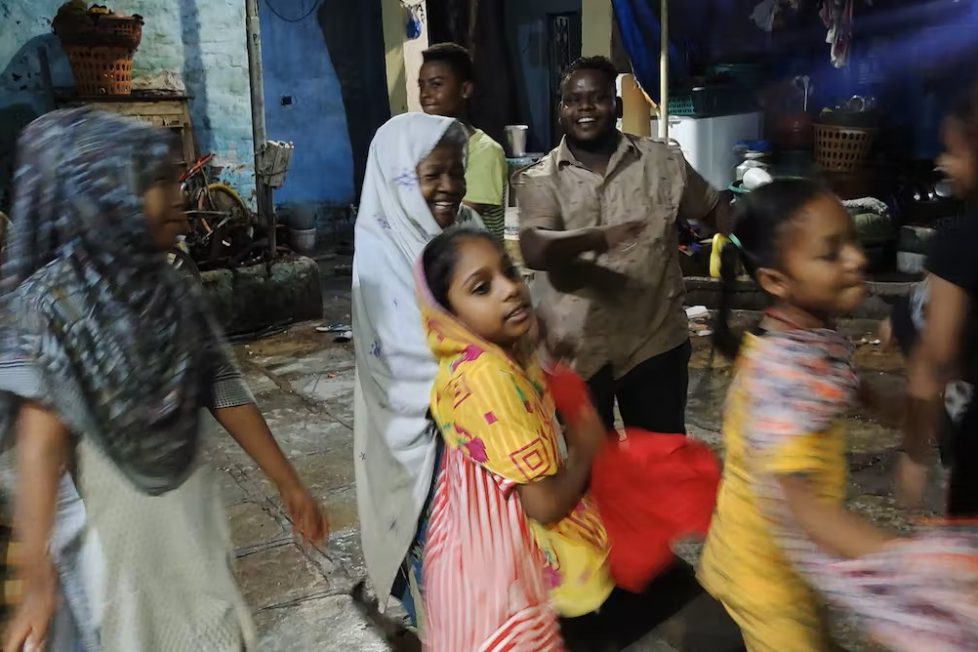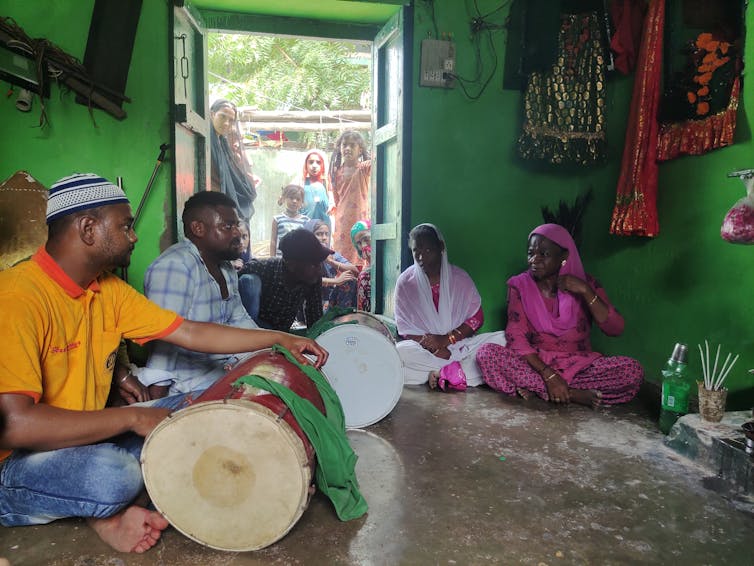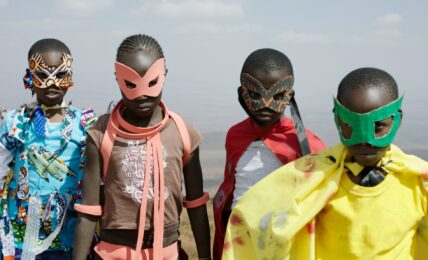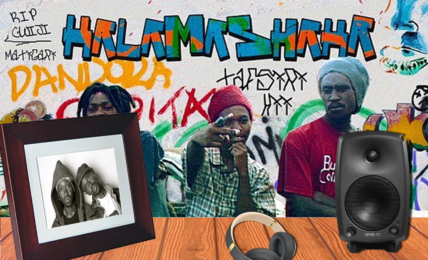The Incredible Story of How East African Culture Shaped the Music of a State in India
Dhamaal is a mix of Sufi and African (mostly East African) musical and dance traditions. It refers particularly to the spiritual practices of the Siddis of Gujarat.









